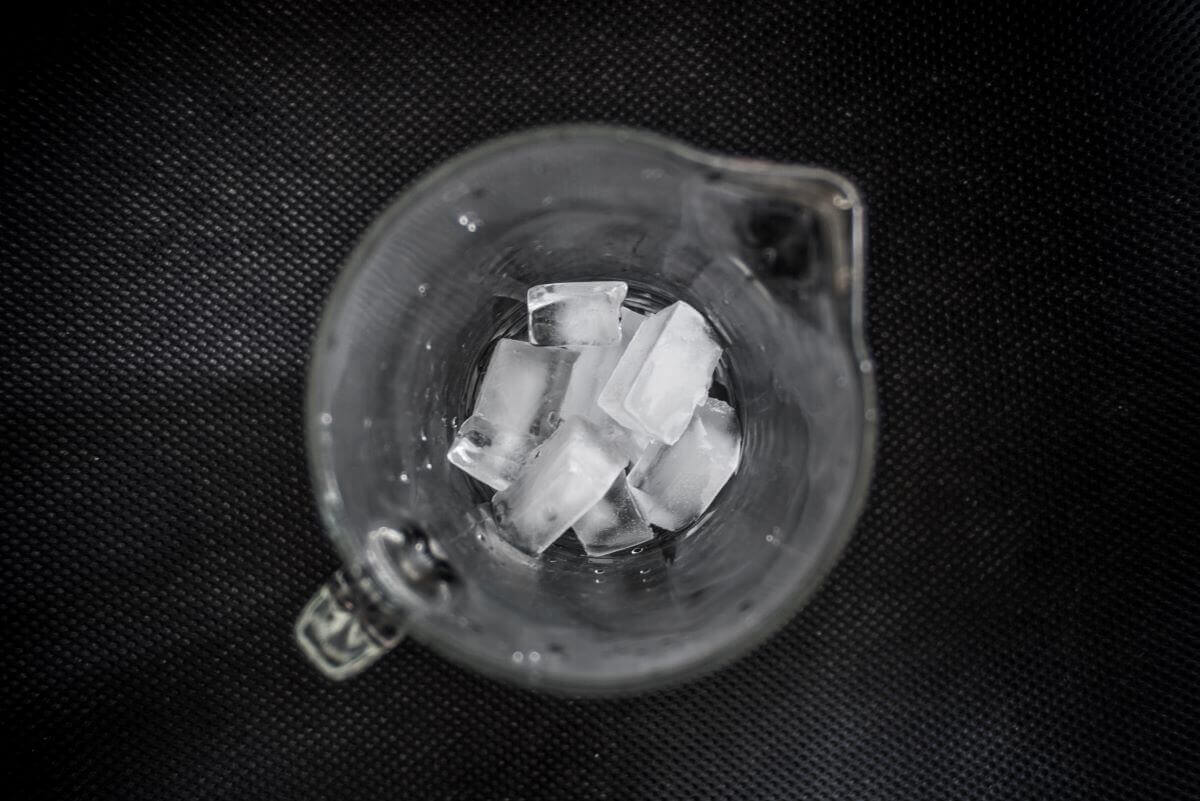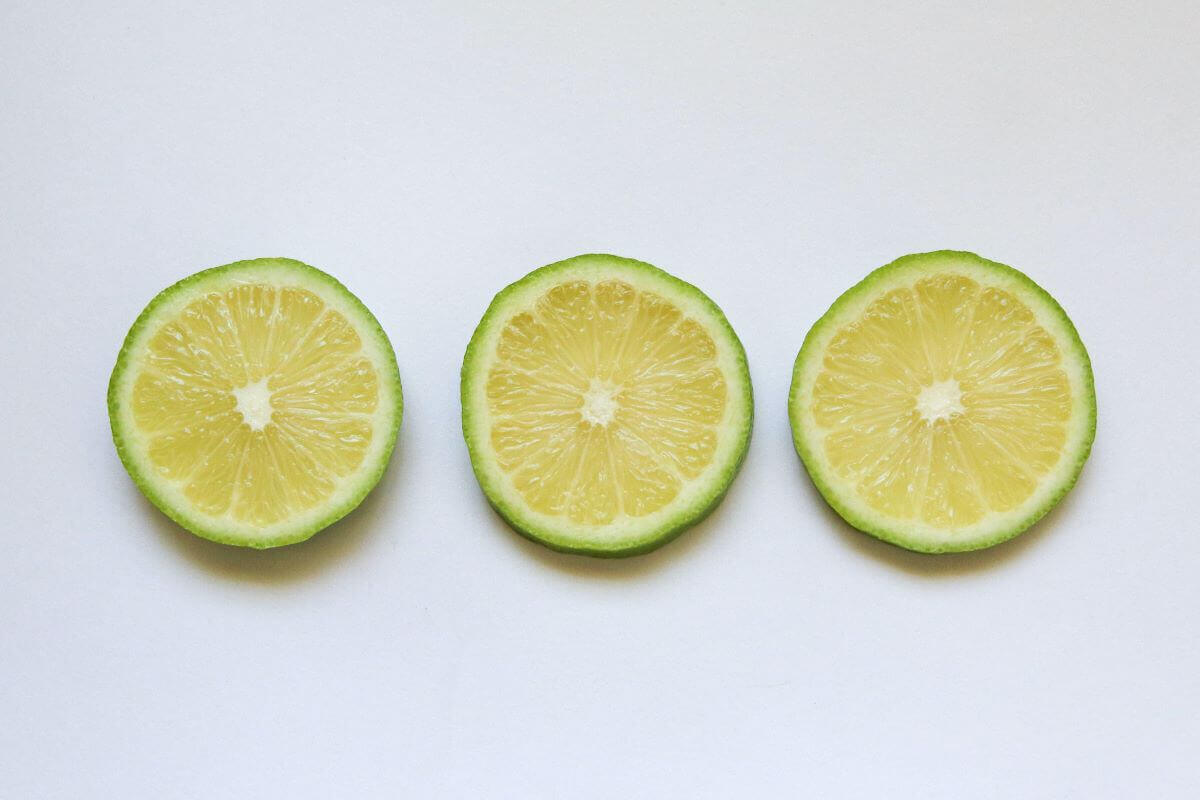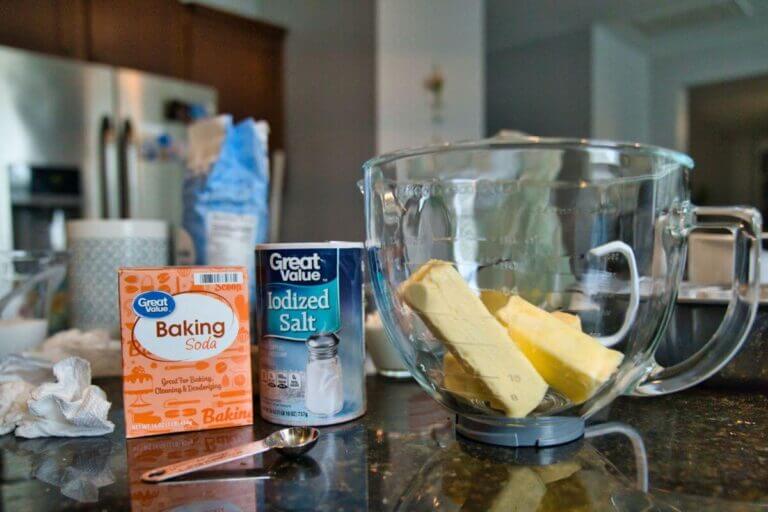Learn how baking soda can help with wasp stings by reducing pain and swelling. Find out how to make a baking soda paste and other remedies, and when to seek medical attention for severe reactions.
Benefits of Using Baking Soda for Wasp Sting
Wasp stings can be incredibly painful and cause swelling, itching, and irritation. Luckily, there are several natural remedies that can help alleviate these symptoms, and one such remedy is baking soda. Using baking soda for wasp stings has been found to have numerous benefits, including the reduction of pain and swelling, as well as the alleviation of itching and irritation.
Reduction of Pain and Swelling
When a wasp stings, it injects venom into the skin, which can cause immediate pain and swelling. Baking soda, also known as sodium bicarbonate, can help neutralize the venom and reduce these uncomfortable symptoms. When applied to the affected area, baking soda creates an alkaline environment that counteracts the acidic venom, providing relief from pain and helping to reduce swelling.
To use baking soda for pain and swelling relief, you can create a simple paste by mixing baking soda with a small amount of water. Apply this paste directly to the sting and leave it on for about 15 minutes before rinsing it off. The alkaline properties of the baking soda will help soothe the sting and reduce the pain and swelling.
Alleviation of Itching and Irritation
In addition to pain and swelling, wasp stings can also cause intense itching and irritation. Baking soda can help alleviate these symptoms by acting as a natural anti-inflammatory and anti-itch agent. It helps to calm the skin and reduce the urge to scratch, providing much-needed relief.
To use baking soda for itching and irritation, you have a few options.
One method is to create a baking soda solution by dissolving a teaspoon of baking soda in a cup of water. Soak a clean cloth or cotton ball in the solution and gently dab it onto the sting.
Alternatively, you can make a baking soda soak by adding a few tablespoons of baking soda to a tub of warm water and soaking the affected area for 15-20 minutes.
The soothing properties of baking soda will help relieve the itching and irritation associated with a wasp sting, allowing you to find comfort and relief.
How to Use Baking Soda for Wasp Sting (Step-by-step Guide)
In this section, we will explore three different methods of using baking soda to treat a wasp sting: making a baking soda paste, applying a baking soda solution, and using a baking soda soak.
1. Making a Baking Soda Paste
One effective way to use baking soda for a wasp sting is by creating a baking soda paste. This paste can help reduce pain and swelling, as well as provide relief from itching and irritation. To make the paste, follow these simple steps:
- Start by mixing equal parts of baking soda and water in a small bowl. The consistency should be thick but spreadable.
- Once the paste is ready, apply it directly to the affected area.
- Gently massage the paste onto the sting site, ensuring it covers the entire area.
- Leave the paste on for about 15 to 20 minutes.
- After the recommended time, rinse off the paste with lukewarm water.
- Repeat this process two to three times a day until the symptoms subside.
Using a baking soda paste can provide immediate relief from pain and reduce swelling. It also helps soothe the skin and prevent further inflammation.
2. Applying Baking Soda Solution
Another method for using baking soda to treat a wasp sting is by applying a baking soda solution. This solution can help neutralize the venom and alleviate the discomfort caused by the sting. Here’s how to prepare and use a baking soda solution:
- Mix one teaspoon of baking soda with a cup of warm water in a clean container.
- Stir the mixture until the baking soda is completely dissolved.
- Soak a clean cloth or cotton ball in the solution.
- Gently apply the soaked cloth or cotton ball to the affected area.
- Leave it on for 15 to 20 minutes.
- Repeat this process several times a day as needed.
The baking soda solution helps reduce pain, itching, and swelling. It also provides a cooling effect, which can further alleviate the discomfort caused by the wasp sting.
3. Using Baking Soda Soak
If you prefer a more extensive treatment method, you can try using a baking soda soak. This method is especially useful for multiple wasp stings or if the sting covers a larger area of the body. Follow these steps to create and utilize a baking soda soak:
- Fill a bathtub or basin with warm water.
- Add half a cup of baking soda to the water and stir until it dissolves completely.
- Immerse the affected area in the baking soda solution for about 15 to 20 minutes.
- Gently massage the area to ensure the solution reaches all the affected parts.
- After the recommended time, pat the skin dry with a clean towel.
- Repeat this process once or twice a day until the symptoms improve.
Using a baking soda soak can help soothe the skin, reduce pain and swelling, and provide overall relief from the discomfort caused by a wasp sting. It is a convenient and effective method for treating multiple stings or larger affected areas.
Precautions and Safety Measures
Allergic Reactions to Baking Soda
When using baking soda for wasp stings, it is important to be aware of potential allergic reactions. While baking soda is generally considered safe and well-tolerated by most people, there is still a small risk of developing an allergic reaction.
Common Allergic Reactions to Baking Soda
| Allergic Reactions | Symptoms |
|---|---|
| Itching | Redness, swelling, hives at the site of application |
| Mild Allergic Reaction | Itching, redness, swelling, hives |
| Severe Allergic Reaction | Difficulty breathing, chest tightness, anaphylaxis |
Note: This table is for illustrative purposes only and should not replace medical advice. If you experience any allergic reactions, please seek immediate medical attention.
Allergic reactions to baking soda can manifest in various ways, ranging from mild to severe. Common symptoms of an allergic reaction include itching, redness, swelling, and hives at the site of application. In more severe cases, individuals may experience difficulty breathing, chest tightness, and even anaphylaxis.
To minimize the risk of an allergic reaction, it is advisable to perform a patch test before using baking soda on a larger area of the skin. Apply a small amount of baking soda paste or solution to a small patch of skin and wait for 24 hours. If there is no adverse reaction, such as redness or itching, it is generally safe to proceed with using baking soda for wasp stings.
However, if you notice any signs of an allergic reaction during the patch test or after using baking soda, it is crucial to discontinue its use immediately. Allergic reactions can escalate rapidly, so seeking medical attention is recommended if you experience any severe symptoms.
Consultation with a Healthcare Professional
While baking soda is a commonly used home remedy for various ailments, including wasp stings, it is essential to exercise caution and seek professional advice when necessary. If you have any underlying health conditions or are unsure about using baking soda, it is best to consult with a healthcare professional before proceeding.
A healthcare professional, such as a doctor or pharmacist, can provide personalized guidance based on your specific circumstances. They can evaluate your medical history, allergies, and any medications you may be taking to determine if using baking soda for wasp stings is suitable for you.
Additionally, if you are experiencing severe symptoms or if the pain, swelling, or itching persists despite using baking soda, it is crucial to seek medical attention promptly. A healthcare professional can assess the severity of the sting and provide appropriate treatment or further recommendations.
Remember, while home remedies can offer relief for mild symptoms, they may not be sufficient for more serious or complicated cases. Your healthcare provider is the best person to assess your situation and provide the necessary medical care.
Other Home Remedies for Wasp Sting
When it comes to soothing the pain and discomfort caused by a wasp sting, there are several natural remedies that can provide relief. While baking soda is a popular choice, there are other household items that can also help alleviate the symptoms. In this section, we will explore three alternative remedies: ice or cold compress, honey or aloe vera, and vinegar or lemon juice.
1. Ice or Cold Compress
One of the easiest and most accessible remedies for a wasp sting is the application of ice or a cold compress. The cold temperature helps to numb the area and reduce swelling, providing immediate relief. Simply wrap a few ice cubes in a clean cloth or use a cold compress and apply it to the affected area for about 10 to 15 minutes. Repeat this process every few hours as needed.

2. Honey or Aloe Vera
Both honey and aloe vera have long been recognized for their soothing properties and can be effective in treating a wasp sting. Honey contains natural anti-inflammatory compounds and can help reduce pain and swelling. Aloe vera, on the other hand, has cooling and anti-itch properties that can provide relief from the discomfort caused by the sting.

To use honey, apply a small amount directly onto the sting site and let it sit for about 20 minutes before rinsing it off with lukewarm water. Repeat this process a few times a day until the symptoms subside. Similarly, aloe vera gel can be applied directly onto the sting area and left to dry. Reapply as needed throughout the day to alleviate itching and irritation.
3. Vinegar or Lemon Juice
Vinegar and lemon juice are acidic substances that can help neutralize the venom of a wasp sting and provide relief from the pain and itching. These remedies work by altering the pH level of the affected area, making it less favorable for the venom to cause further discomfort.

To use vinegar, soak a cotton ball in either apple cider vinegar or white vinegar and gently dab it onto the sting site. Leave it on for a few minutes before rinsing with water. Lemon juice can be applied in a similar manner, either by using a cotton ball or by directly squeezing the juice onto the sting site. Allow it to sit for a few minutes before rinsing off.
While these can be effective in relieving the symptoms of a wasp sting, it’s important to note that they may not work for everyone. Each person’s reaction to a sting can vary, and what works for one individual may not work for another. If you find that the symptoms persist or worsen despite trying these remedies, it is advisable to seek medical attention.
Remember, these remedies are meant to provide temporary relief and should not replace professional medical advice. If you have a history of severe or if you experience symptoms such as difficulty breathing, dizziness, or swelling of the face and throat, it is crucial to seek immediate medical attention.
When to Seek Medical Attention
Wasp stings can range from mild to severe, and while most can be treated at home using baking soda and other remedies, there are certain situations where it is important to seek medical attention. In this section, we will discuss the signs and symptoms that indicate the need for immediate medical help.
Severe Allergic Reactions
One of the most important reasons to seek medical attention after a wasp sting is if you experience a severe allergic reaction. For some individuals, a wasp sting can trigger a life-threatening allergic response known as anaphylaxis. If you notice any of the following symptoms after being stung by a wasp, it is crucial to seek immediate medical help:
- Difficulty breathing or wheezing
- Swelling of the throat or tongue
- Dizziness or lightheadedness
- Rapid heartbeat or palpitations
- Nausea or vomiting
- Severe itching or hives on areas of the body not directly affected by the sting
These symptoms indicate a systemic reaction to the wasp venom and require immediate medical intervention. Anaphylaxis can progress rapidly, so it is important to call emergency services or go to the nearest emergency room without delay.
Delayed or Persistent Symptoms
In some cases, the initial symptoms of a wasp sting may subside, but you may still experience delayed or persistent symptoms that warrant medical attention. While most wasp stings cause only temporary discomfort and minor localized reactions, there are instances where complications can arise.
If you notice any of the following symptoms after a wasp sting, it is advisable to seek medical attention:
- Increasing pain, swelling, or redness around the sting site
- Development of a rash or blisters near the sting site
- Development of a fever
- Worsening of itching or irritation
- Formation of pus or discharge from the sting site
- Development of joint pain or muscle weakness
These signs indicate a possible infection or an allergic reaction that may require medical treatment. Additionally, if you have a pre-existing medical condition, such as diabetes or a compromised immune system, it is important to consult a healthcare professional to ensure proper management of the sting and prevent any complications.
Remember, everyone’s reaction to a wasp sting can vary, and it is essential to trust your instincts. If you are unsure whether your symptoms require medical attention, it is always better to err on the side of caution and seek advice from a healthcare professional.
To summarize, seek immediate medical attention if you experience severe allergic reactions such as difficulty breathing, swelling of the throat or tongue, or dizziness. Additionally, if you notice delayed or persistent symptoms like increasing pain, swelling, or the development of a fever, it is important to consult a healthcare professional. Your well-being is paramount, and seeking medical help in these situations can ensure proper treatment and prevent any complications.
Please note that the information provided in this article is intended for general knowledge and should not replace professional medical advice. Always consult a healthcare professional for personalized guidance based on your specific circumstances.






